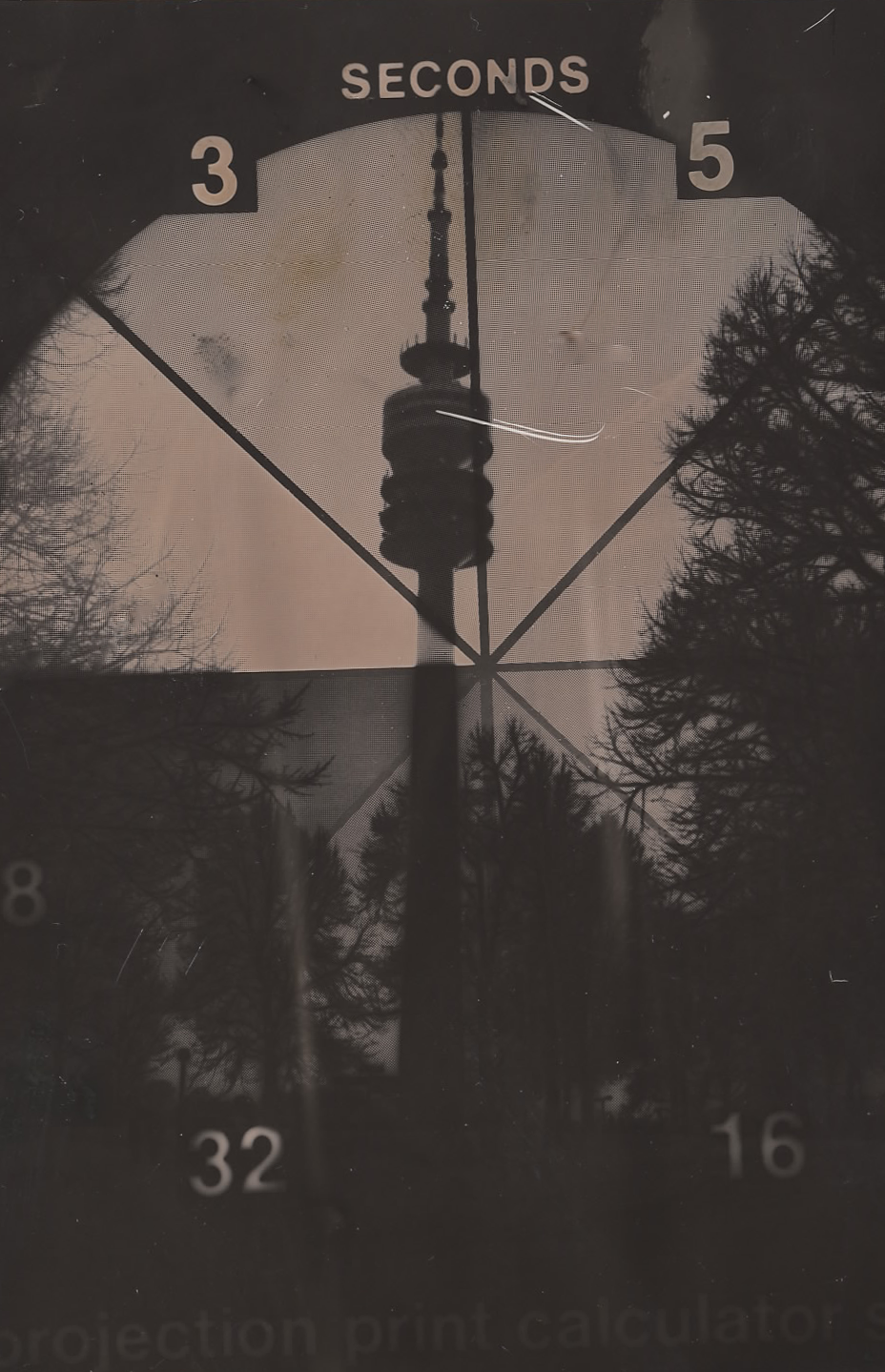Pictures from the sea (literally, as far as fixer concerns)
Today I will post some pictures, that show how much fun experimenting with Caffenol can be.
Igor says:
“These pictures were taken about 3 years ago and were developed without any professional equipment in a pan. we were sitting in a dark bathroom stiring the film in caffenol with a spoon:) that is why those pictures are not so technically perfect. But it was all about fun. Also I should add that sea water was used as a fixer here.”
Yes, indeed those are far from being technically perfect, and I would not recommend using this technique for everyday purpose, and you should really use real fixer to make your pictures last long enough to show them to your grandchildren. But from an artistic point of view I think those are very good examples and show how much can be done with very little equipment. Just don’t hesitate to show what you are doing, in my opinion caffenol should be fun. And if the fun goes as far as fulfilling all your B&W development needs, that’s even better.
Check out my recipes, or the ones from Reinhold and you will have hours of fun. Or be crazy enough to develop you own recipes and be even more crazy and send me your results so everybody can have fun by looking at your wonderful pictures
More, but not caffenol related pictures from Igor can be found on his Flickr stream
I cannot repeat myself often enough, but if you have pictures, recipes, or even unsuccessful experience with caffenol, feel free to contact me.







8 Comments
hana · April 11, 2011 at 1:41 pm
hey, that`s really wonderful! I would like to know your procedure for developing papers. We have tried it but failed. thanks for answer.
Marc · April 15, 2011 at 5:43 am
Amazing.. what was the procedure you used for fixing with sea water?
Ewan · July 2, 2011 at 9:05 pm
If sea water doesn’t work at all as a fixer how do you explain these images? They obviously lasted long enough to scan, and definitely not in ‘subdued light’ since scanning involves shining a **** off bright light in their face.
Physical evidence speaks far louder than any amount of theorising.
Ewan · July 4, 2011 at 11:23 pm
I understand the theory behind it but the fact is that here we have five passable prints, ‘fixed’ in seawater that haven’t disintegrated the moment they come into contact with normal light. Believe nothing you hear, and only one half that you see. There’s definitely more to test here, and i likely will when i get the chance.
AgentJJ · August 24, 2011 at 1:27 pm
If you prefer to do this, its up to you, but DON’T try to impress anyone else claiming you have fixed the prints in a way remotely connected to what you have – if you use a common thiosulfate fixer bath.
Promote confidence, not cockiness Erik.
If you will test this further, here is what you should to : prepare 4 prints (or four rolls of film), “fix” them with ordinary salt.
We’re not talking about saltwater, but seawater.
Trace elements can be safely ignored here….
Can they? Are you familiar with the ionic composition of seawater?
NaCl obviously takes the cake with being the number one ionic compound in seawater. However, are you aware that Magnesium Sulfate and Sodium Sulfate are the second and third highest in concentration? Sodium Sulfate comes in at about 2700mg/L.
While the amount of Na2SO42- in seawater is about 1.8% of that found in a typical fixer with accompanying sulfites, it is still possible for a completely legitimate fix to be obtained.
Sulfates are fairly abundant in seawater and that is all that is needed to corrode Ag+.
The question isn’t about an absolute right or wrong, but rather what is the best way to achieve our goal in a reasonable amount of time with exceptional results.
That’s what our “grandfathers” have given us. Especially Johann Rudolf Glaube, who discovered that “Glauber’s Salt” (Na2SO4) can be found in natural water sources.
mARTina · October 14, 2011 at 4:35 pm
I was born and raised in Cologne. There in the 70s, the Rhine was so over salted that environmentalists have developed a film in it.
The current mayor has mentioned this again in a recent speech. You can read it here:
http://www.stadt-koeln.de/mediaasset/content/pdf-ob/reden/2007/09/17-rhein-wasserwerke.pdf
mARTina · October 14, 2011 at 4:38 pm
you can see a documentaion photo for this action in the rhine here
http://www.pollermaigeloog.de/presseberichte.html
nice day for you, Martina
Queenie Dee · December 13, 2015 at 9:13 am
hi, I’m a radiologic technology student. We are conducting an experiment using sea salt as fixer for radiograph in manual processing if there is any chance that it is also effective. Can you give me any journals or topics where i could find any proof of its effect? Thank you